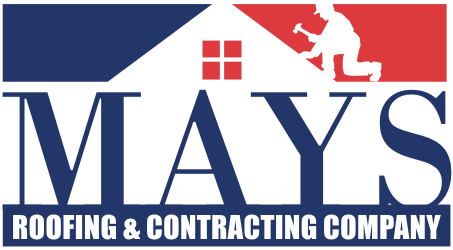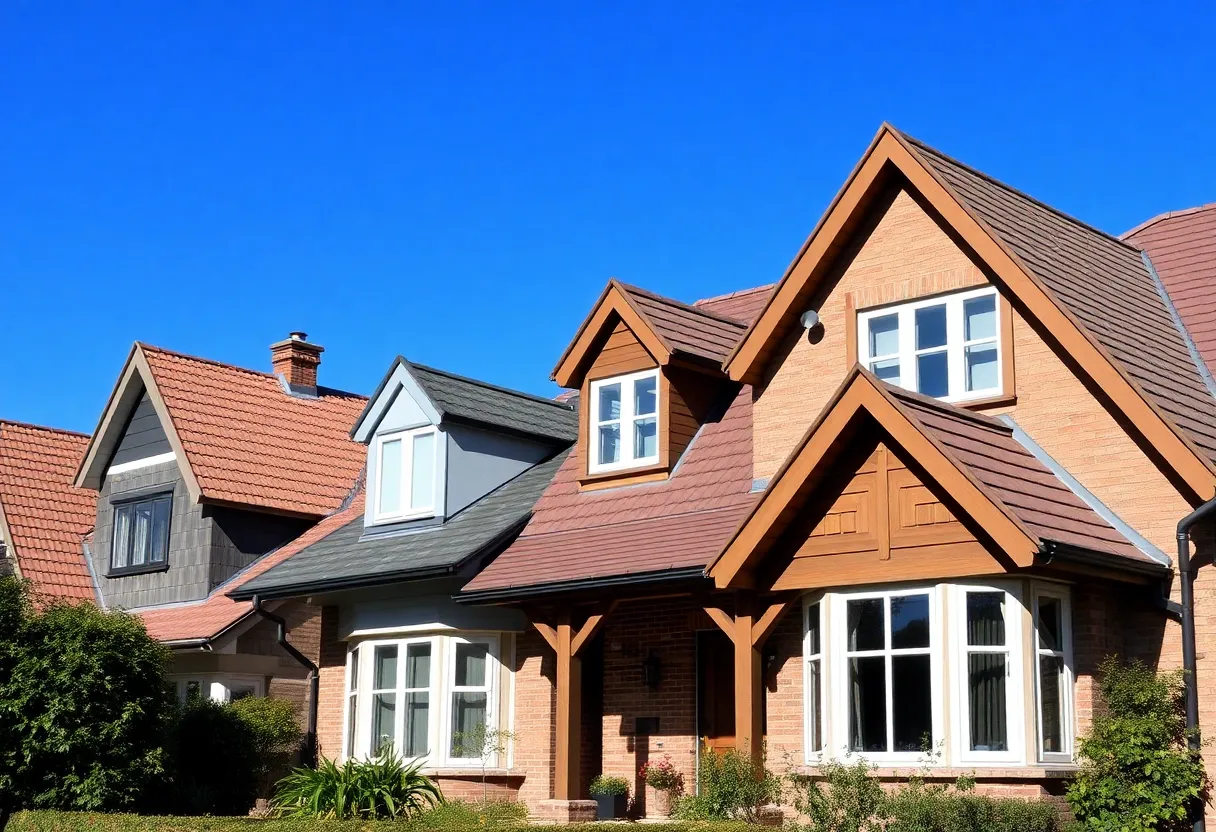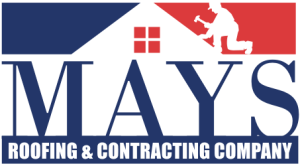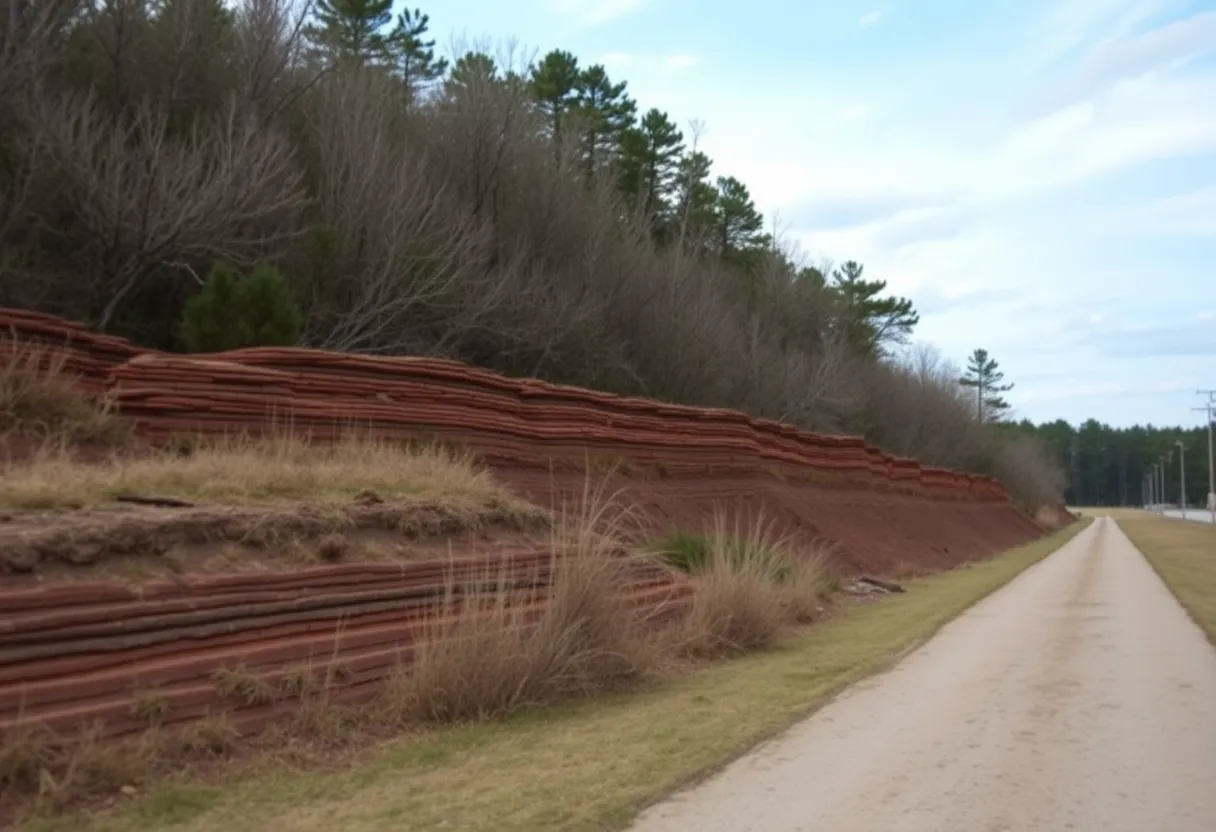How to Effectively Choose the Right Roof Pitch for Your Home’s Aesthetic and Performance
When it comes to home design and construction, the roof pitch plays a crucial role in determining both the aesthetic charm and functional performance of your dwelling. Understanding how to select the appropriate pitch not only enhances the beauty of your home but also significantly affects its durability, energy efficiency, and resilience against the elements. This article guides you through the essential factors to consider when choosing the right roof pitch for your home.
Understanding Roof Pitch Basics
Roof pitch refers to the steepness or angle of the roof and is usually expressed as a ratio of vertical rise to horizontal run. Common measurements include:
- Low Pitch: 1:12 to 4:12 — these are roofs that have a gentle slope.
- Medium Pitch: 4:12 to 8:12 — roofs in this range are more commonly seen.
- Steep Pitch: 8:12 and above — these are sharply angled roofs, often with dramatic appearances.
Selecting the right pitch is fundamental as it influences various aspects of your home’s function and style.
Aesthetic Considerations
The roof’s pitch can dramatically alter the overall appearance of your house:
Architectural Style
Certain architectural styles naturally align with specific pitches:
- Colonial Homes: Often utilize medium pitches that create a traditional, symmetrical look.
- Craftsman Bungalows: Frequently feature lower pitches, providing a cozy, grounded aesthetic.
- Modern Designs: Can accommodate both steep and low pitches, depending on the desired sleekness or minimalism.
By aligning your roof pitch with your home’s overall design theme, you enhance visual appeal and cohesion.
Neighborhood Context
Assessing the roof pitches commonly found in your neighborhood can also inform your decision:
- Maintaining consistency with neighboring homes can enhance curb appeal.
- Choosing a unique pitch may stand out, which could be advantageous or detrimental, depending on local real estate trends.
Performance-Related Factors
The roof pitch also has performance implications affecting long-term maintenance and operating energy costs:
Water Drainage
A roof’s primary function is to shed water. Steeper pitches are more effective at:
- Preventing water accumulation, thus reducing the risk of leaks and mold growth.
- Facilitating snow and debris runoff, which is essential in colder climates.
Lower-pitched roofs may require additional drainage strategies, increasing maintenance demands.
Energy Efficiency
The angle of the roof can also influence energy expenditures:
- Steeper roofs can assist in creating a more effective ventilation system, helping to regulate temperatures.
- In contrast, lower roofs may accumulate heat, necessitating additional cooling efforts during warmer months.
Ultimately, the roof pitch must balance aesthetic preferences and energy efficiency goals.
Climate Considerations
Your geographical location significantly informs the pitch you should select:
Regional Weather Patterns
Different climates impose varying challenges on roofs:
- Heavy Rain: In areas prone to heavy rainfall, steeper roofs help mitigate water pooling.
- Snow Regions: Homes in snowy areas benefit from steep pitches that prevent snow accumulation and potential roof collapse.
- Windy Areas: Lower pitches may be more effective in withstanding high winds when employing durable materials.
Assessing local weather patterns can help in making informed decisions about roof pitch to enhance performance.
Material Compatibility
The choice of roofing materials must be considered alongside pitch:
Material Regulations
Certain roofing materials require minimum pitch levels:
- Tile Roofs: Often necessitate pitches of at least 4:12 to ensure proper drainage and avoid leak issues.
- Asphalt Shingles: Adaptable for pitches ranging from 2:12 to 12:12, offering flexibility in design.
Choosing a compatible roofing material can make all the difference in functionality and longevity.
Costs Involved
Budget implications play a vital role in pitch selection:
Material and Labor Pricing
Generally, the cost of roofing can escalate with more complex designs:
- Steeper roofs require more materials and more labor, leading to higher installation costs.
- Conversely, lower-pitched roofs may be more economical initially but can incur higher long-term maintenance costs in areas with significant weather extremes.
Insurance Implications
The pitch can also have an indirect effect on home insurance:
- Homes with steep roofs may qualify for lower insurance premiums due to lower risk of water damage.
- Conversely, lower-pitched roofs used in regions with heavy snow may lead to higher insurance due to associated risks.
Regulatory Considerations
Local building codes and homeowner associations (HOAs) may impose specific requirements regarding roof pitch:
- Researching and understanding these regulations is essential before finalizing your roof design.
- Some areas may mandate a minimum pitch to ensure homes withstand local weather conditions effectively.
Conclusion
In conclusion, choosing the right roof pitch requires a careful evaluation of your home’s architectural style, neighborhood context, climate, material compatibility, and regulatory requirements. Balancing aesthetic preferences with practical performance considerations ensures your roof serves its intended purpose while enhancing your home’s overall appeal. Always consult with a professional roofing contractor to navigate this complex decision. This ensures you make a mindful choice that suits both your vision and functional needs.





 Mays Contracting
Mays Contracting

